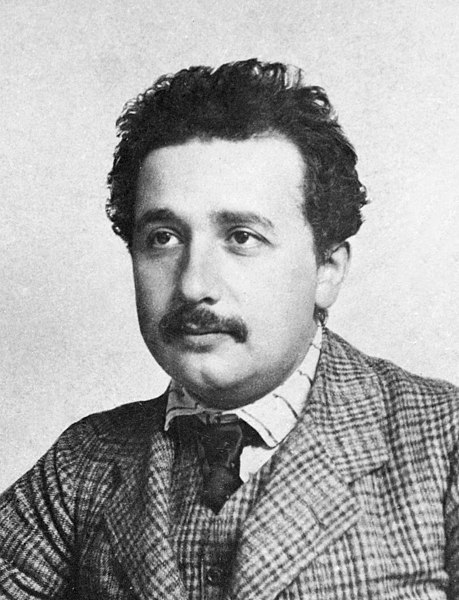
|
Natural Operations in Differential Geometry by Kolar, Michor and Slovak is a monograph that covers the modern way of thinking in differential geometry in terms of natural bundles and natural operators. The book stresses the role of naturality and functoriality in differential geometry.
The book covers a lot of material including fibered manifolds, connections, Jet bundles and Weil bundles.
|
I have found the book to be continually useful for a number of years now as it covers a lot of important modern material, especially jets and Weil bundles. It is a must for any serious differential geometer, but it is probably not the book to introduce you to the subject.
Chapter 1 “MANIFOLDS AND LIE GROUPS” covers manifolds, submersion & immersions, vector fields & flows, Lie groups and homogeneous spaces. This forms a general introduction to the “bread and butter” of differential geometry.
Chapter 2 “DIFFERENTIAL FORMS” introduces vector bundles, differential forms, derivations on the algebra of differential forms and the Frolicher-Nijenhuis bracket.
Chapter 3 “BUNDLES AND CONNECTIONS” deals with general fibre bundles and their connections. The definition of a general connection on a fibre bundle is given in terms of a one-form with values in the vertical vector bundle of the fibre bundle. In this chapter they discuss curvature and the special case of principal fibre bundles.
Chapter 4 “JETS AND NATURAL BUNDLES” introduces us to the notion of jets of functions between manifolds. Jets play an important and fundamental role in the theory of natural bundles which are defined as functors from the category of smooth manifolds to fibre bundles such that local diffeomorphisms of the manifold become bundle automorphisms.
Chapter 5 “FINITE ORDER THEOREMS” the authors develop a general framework for the theory of geometric objects and operators and to reduce local geometric considerations to finite order problems. A generalisation of the Peetre theorem is given for nonlinear operators.
Chapter 6 “METHODS FOR FINDING NATURAL OPERATORS” the authors present some general procedures useful for finding some equivariant maps and use these to solve concrete geometric problems.
Chapter 7 “FURTHER APPLICATIONS” discusses the Frolicher-Nijenhuis bracket, Jet functors and some topics from Riemannian geometry.
Chapter 8 “PRODUCT PRESERVING FUNCTORS” introduces us to the notion of a Weil algebra and a Weil functor. An important result here is that all product preserving natural functors are Weil functors.
Chapter 9 “BUNDLE FUNCTORS ON MANIFOLDS” here the authors discuss more general bundle functors, that is the ones that do not preserve products.
Chapter 10 “PROLONGATION OF VECTOR FIELDS AND CONNECTIONS” covers the prolongation of vector fields and connections to Weil bundles.
Chapter 11 “GENERAL THEORY OF LIE DERIVATIVES” discusses the notion of a generalised Lie derivative of a function between two manifolds. A major advantage advantage of this approach is that it enables one to study the Lie derivatives of the morphisms of fibered manifolds.
Chapter 12 “GAUGE NATURAL BUNDLES AND OPERATORS” the authors generalise some of the earlier presented notions to fiber bundles associated with and abstract principal bundle with an arbitrary structure group G.
You can find the book and some more details about the chapters here.
Hardcover: 434 pages
Publisher: Springer; 1993 edition (February 4, 1993)
Language: English
ISBN-10: 3540562354
ISBN-13: 978-3540562351









